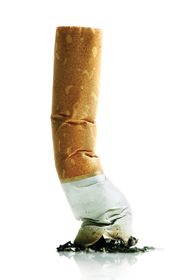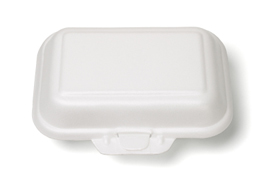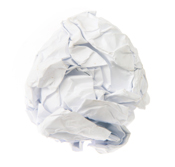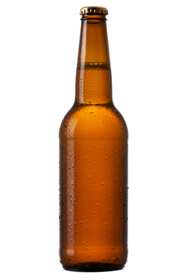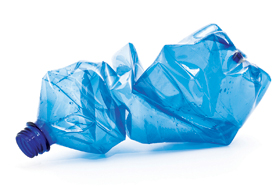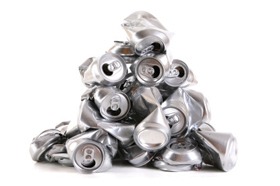Birds, fish and mammals often mistake cigarette filters and plastic waste for food. With plastic filling their stomachs, animals have a false feeling of being full and die of starvation. Trash in our watershed is unsightly and unsafe.
Cigarette Filters
- Cigarette filters are not biodegradable; they are made of plastic, not paper and cotton.
- Cigarette litter lingers in our environment up to 50 years.
- Cigarette butts are lightweight and can easily move through our storm drains into our waterways and water supplies.
- Water leaches the toxins from cigarette litter, making it deadly to most aquatic life. In fact, the toxins released from one cigarette butt left in a gallon of water for one day will kill about 80 percent of aquatic life added to that water.
- Almost 17,000 cigarette butts were collected from inland and coastal waterways during the 2011 Ventura County Coastal Cleanup Day.
Food Wrappers and Foam Containers
- One in five items found in litter is food-related.
- Plastic foam from items like cups does not break down naturally; it can stay in the environment for 50 years.
- Ten percent of all litter is food wrappers.
- Regular drink cups from fast food restaurants take up to five years to biodegrade.
- More than 16,000 pieces of food related packaging and utensils were collected from inland and coastal waterways during the 2011 Ventura County Coastal Cleanup Day.
Paper
- For every ton of paper that is recycled, 17 trees are saved.
- In this decade, Americans will throw away almost 5 million tons of office paper and nearly 10 tons of newspaper.
- Each person in the United States uses about 675 pounds of paper a year.
- 40 percent of all waste is paper.
- More than 900 paper bags, alone, were collected from inland and coastal waterways during the 2011 Ventura County Coastal Cleanup Day.
Glass
- 6 percent of all waste is glass.
- Glass bottles can stay in our environment up to a million years.
- In this decade, Americans will throw away more than 11 million tons of glass bottles and jars.
- Glass is infinitely reusable and recyclable.
- More than 1,600 glass beverage bottles were collected from inland and coastal waterways during the 2011 Ventura County Coastal Cleanup Day.
Plastic
- More than 80 percent of Americans reuse plastic products and packaging in their homes.
- It takes 36 two-liter bottles to produce one square yard of carpet.
- Plastic bottles can stay in our environment for up to 450 years.
- Five recycled plastic bottles make enough fiberfill to stuff a ski jacket.
- More than 4,800 plastic items, including bottles, bags, 6-pack holders and were collected from inland and coastal waterways during the 2011 Ventura County Coastal Cleanup Day.
Aluminum Cans
- Aluminum cans stay in our environment up to 200 years.
- Recycling one aluminum can saves enough energy to keep a 100-watt light bulb burning for almost 20 hours or power a television for three hours.
- 20 cans can be made from recycled material with the same amount of energy it takes to make one new can.
- Enough aluminum is thrown away every three months to rebuild every commercial airplane in America.
- More than 1,200 aluminum cans were collected from inland and coastal waterways during the 2011 Ventura County Coastal Cleanup Day.
Pet Waste
- Animal waste may contain harmful organisms such as Giardia, Salmonella and E. coli that can be transmitted to humans and other animals by ingesting contaminated water.
- Environmental Protection Agency estimates that the typical dog excretes three quarters of a pound of waste per day—or 274 pounds per year!
- 40% of Americans do not clean up after their dogs.
- A single gram of dog feces can contain 23 million fecal coliform bacteria, which are known to cause cramps, diarrhea, intestinal illness, and serious kidney disorders in humans if ingested from contaminated water.
- There are about 210,000 dogs living in Ventura County, at 274 pounds per year per dog and only 60% of owners cleaning up there are still 10,060,313 pounds of dog poop lying in our watershed.
Sources: EPA, Ventura County dog population estimate from VC Animal Control.
For more Information & Materials
Sources: Clean Virginia Waterways, The Ocean Conservancy, Don’t Mess With Texas, Valley Vista Services, Coshocton County (Ohio) Litter Prevention and Recycling Office, www.recycleit.com, Georgia-Pacific Corp., www.plasticsresource.com, Erie County (Ohio) Recycles
